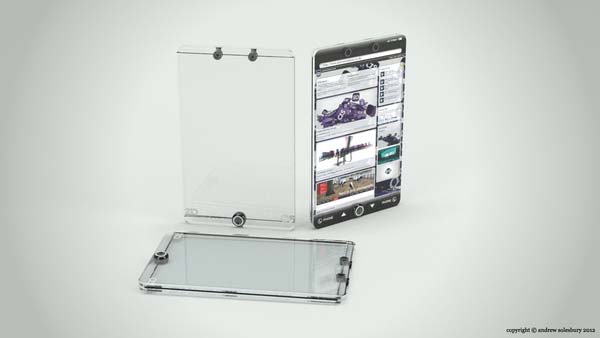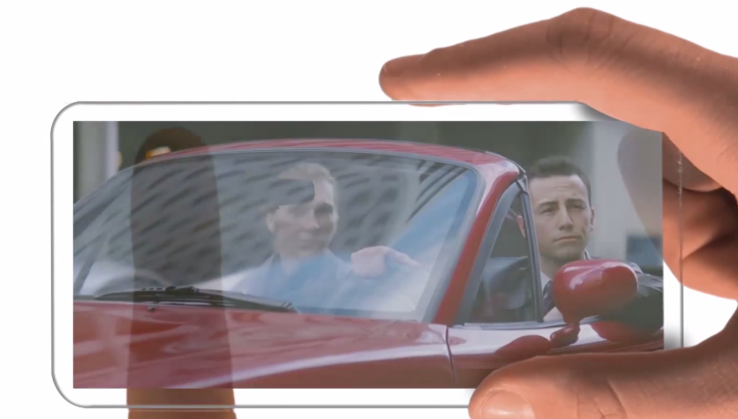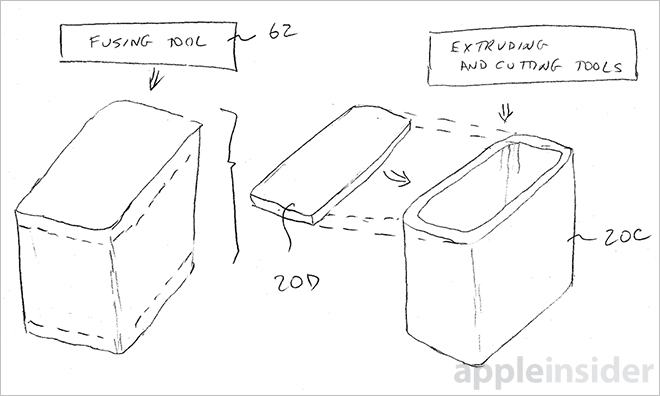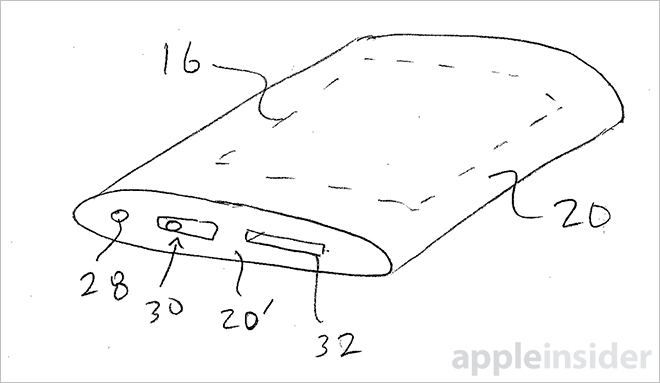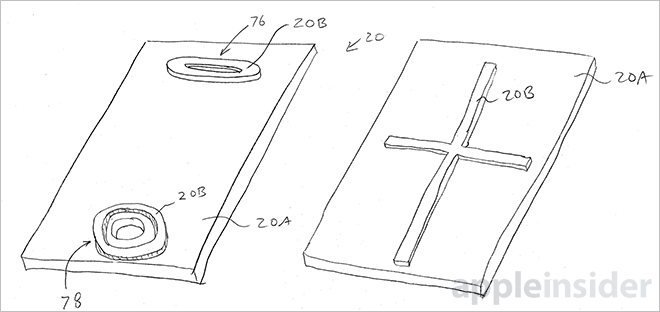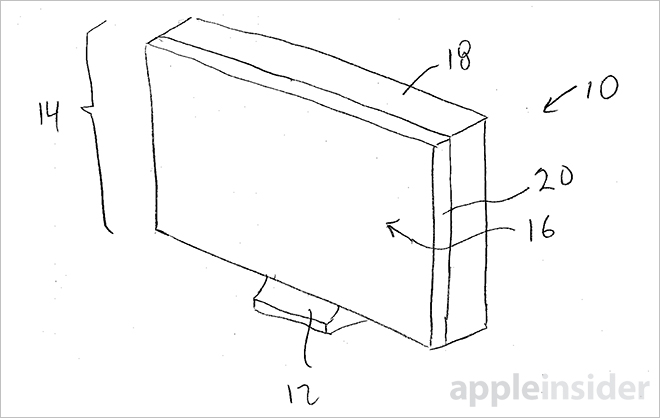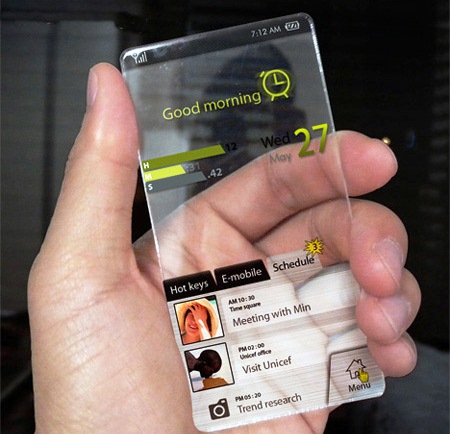Apple's Future iPhones, iPads And Other Devices Could Be Completely Transparent
Imagine your future iPhone or and other Apple devices encased in one solid, seamless, curved slab of glass: It might be hell to repair, but heaven, surely, in the hand.
On 7 July 2014, Apple was granted a patent for building devices with all-glass outer casings by fusing pieces together for a completely seamless final look
The all-glass device casings could be used to hold the internals of an iOS device or to house a TV or monitor, too
The U.S. Patent and Trademark Office awarded Apple U.S. Patent No. 8,773,848 for "Fused glass device housings," which describes a method of fusing glass structures together to encapsulate the internal circuitry of an iOS device, and that of larger electronics like monitors and televisions.
appleinsider.comAll-glass structures can be heavy, especially if the material is layered to protect against scratches and other accidental damages. Apple proposes a new method that ensures durability, a lightweight design and eye-pleasing aesthetics.
In the patent application brought to light by AppleInsider's Mikey Campbell, Apple notes that sufficiently strong all-glass structures would "make the device heavy and bulky." Therefore, to ensure the device stays robust but also light, the company's patent for "fused glass device housings" suggests "multiple glass pieces that are joined using a glass fusing process."
Basically, the fusing process involves merging the pieces of planar and peripheral glass to form a thick material that can be pounded into any kind of desired shape. In the patent application, Apple mentions "cellular telephones, handheld computers, and portable music players."
 businessinsider.in
businessinsider.in
For example, the illustration below shows a media player with rounded edges and flexible display
To bolster the casing's structural integrity, raised glass features can be fused to the planar member at weak points in the build
Examples include the addition of glass structures around holes or openings in the glass member, as well as internal support ribs placed that reduce flexing and breakage. Cutouts in the glass surface can serve as holes for buttons and other physical device controls.
appleinsider.comIn some embodiments, glass members are fused together to create a five-sided box in which displays, circuitry and other internal components can be inserted, or "slid into place." This is especially crucial for larger applications like televisions or monitors that are mounted on stands.
iclarified.comThe back portion — side opposite that of the display — can be tinted a translucent color or made opaque to hide unsightly batteries, chips and flex cables, though Apple leaves an option to keep all sides transparent. Portions of planar glass members may be "roughened" to help scatter and diffuse light around display edges. Once the internals are inserted, an end cap is placed over the opening to seal off the structure from debris and other contaminants.
appleinsider.comUnlike the iPhone 4, which featured front and back glass panels, the patent would allow Apple to build completely glass-encased gadgets. It would allow for a completely different aesthetic versus other gadget-maker's designs.
An all-glass Retina Cinema Display would certainly stand out from the crowd in terms of monitors, and an all-glass iPhone would definitely draw even more headlines than usual.
Of course, glass is still subject to impact damage and other potential pitfalls. And as with many of its other patents, Apple may simply have experimented with the tech but then moved on to something else (like sapphire glass construction, for instance), but the patent does cite Apple SVP Jony Ive as one of its main inventors.
 businessinsider.in
businessinsider.in
Flat glass slabs are a staple of sci-fi TV and movies, after all, so maybe Apple wants to help usher that future into production.
